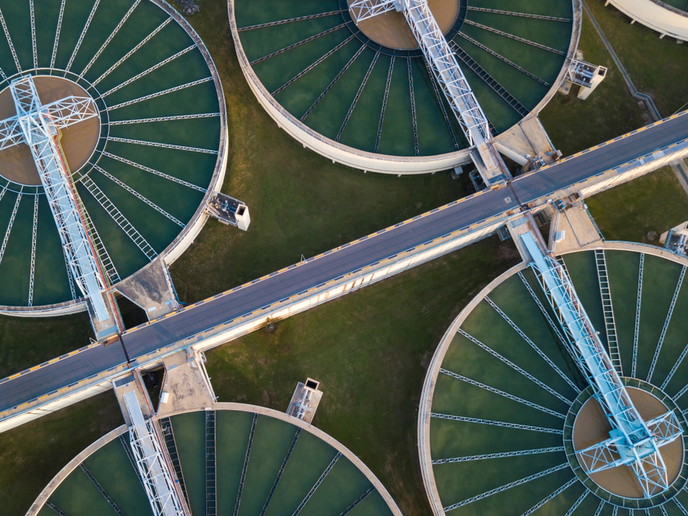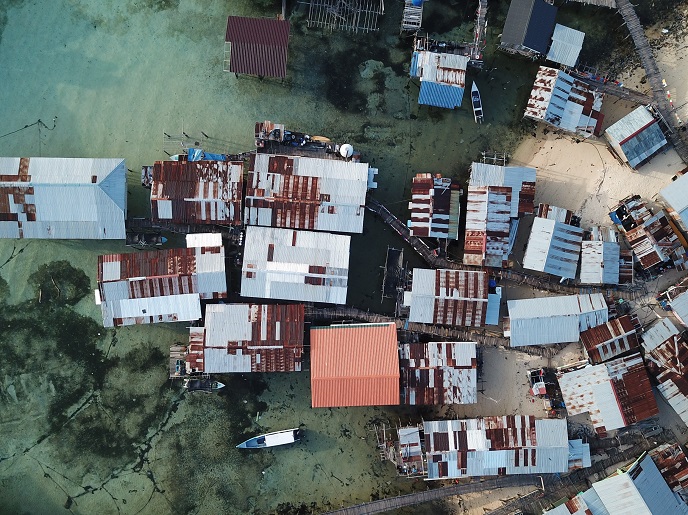Water management in cities
The infrastructure of modern cities lags behind the rate of development that is needed for cities to sustain their populations in the future. There is an evident need to address the issue of sustainable management of urban water systems. This study addresses this by attempting to identify the principle problems urban water management is facing today and assessing the impact of pollution on groundwater resources. The cities of Rastatt (Germany), Doncaster (England), Ljublijana (Slovenia) and Mt Gambier (Australia) provided case studies for the project. They were selected due to their different approaches to the management of the existing urban water systems. A detailed description of the economic and demographic profile of four case study cities was provided. Data regarding the different hydrogeological and hydrological settings provides a backdrop for comparisons to be made. This is particularly due to the fact that they display significantly different approaches to the management of their respective existing urban water systems. The studies provide an overview of each city's water infrastructure and data about the groundwater quality. These studies make up the AISUWRS project which has developed a number of models which are capable of predicting the effects of urban infrastructure on ground water contamination. Currently there are six models in total, including a pipeline leakage model and an unsaturated flow model, which predicts water transport to the aquifer. The unsaturated transport model predicts the transport of contaminants to the aquifer and the DSS model compares the costs of infrastructure rehabilitation with the costs of aquifer contamination.







